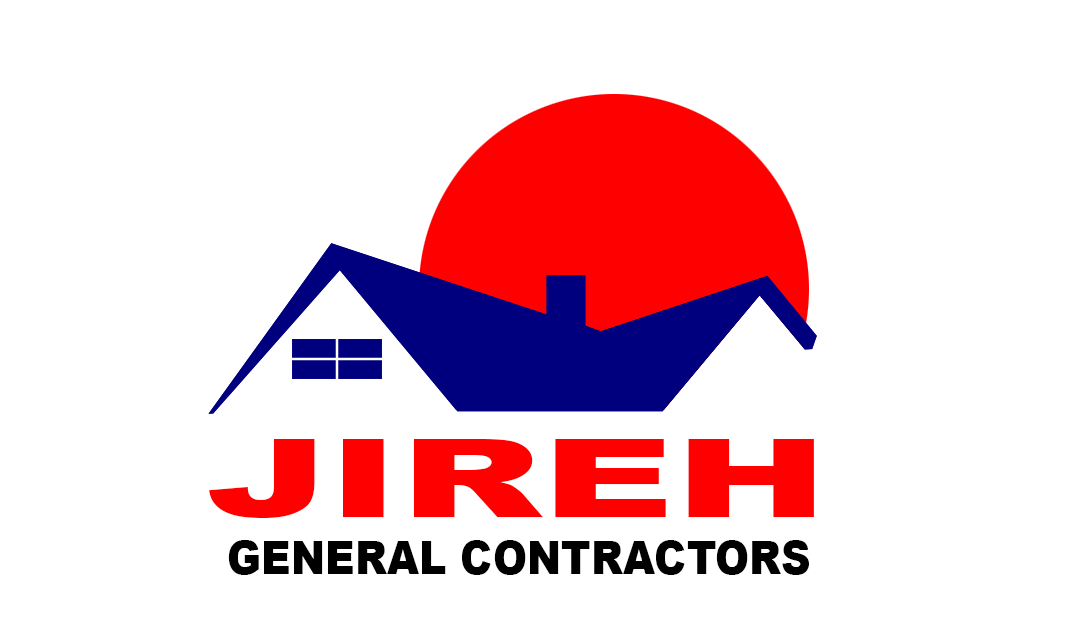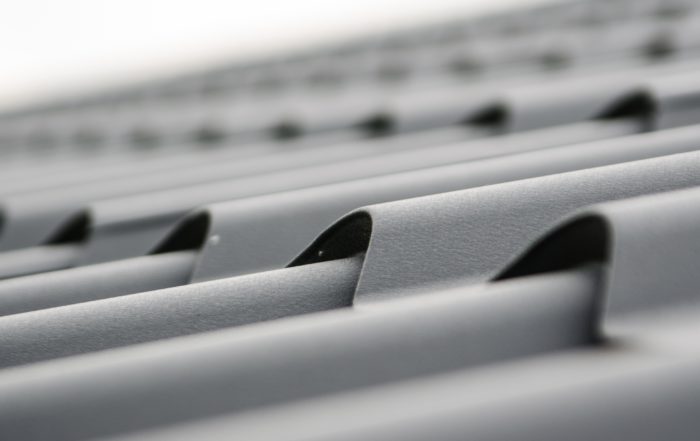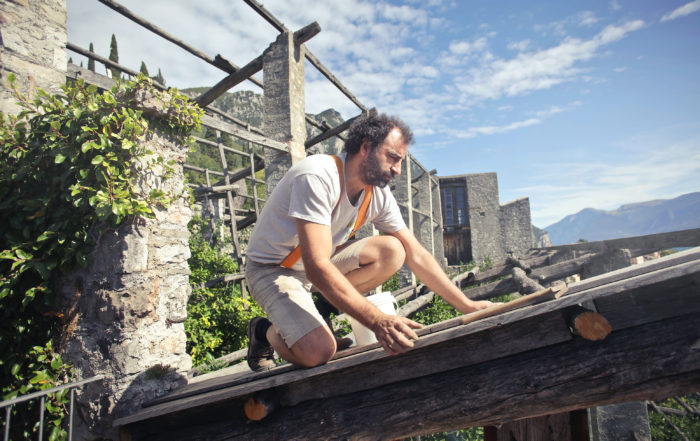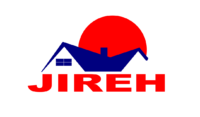Condensation Management – Keeping Your Roof Safe from Water Damage
Many activities you do inside your homes produce moisture. Laundry, exercise, dish washing, and even breathing contribute to the increase of moisture levels of the air in your home. As the moisture in the air evaporates, it rises and can often get trapped in between your attic and the underside of your roof’s underlay (also called underlayment). Condensation happens when the moisture in the warm air inside meets the colder temperature of the roof outside. When the temperature outside is colder than the dew point temperature (the temperature at which the air is fully saturated with moisture) inside, condensation happens. A build-up of this trapped condensation can eventually damage your home! This effect is exacerbated in colder months when the heat is turned up and windows are closed.
So, what are some ways we can manage this condensation build-up? We outline a few methods below:
Increase Ventilation in the House
By opening windows, turning on fans, turning on the cool air on your air conditioning, and/or installing window ventilation systems, you can cool the air inside the house, preventing it from warming and rising into the attic. While simple enough to do, a lot of this can only be done in mild to warm temperatures. During the winter months, this becomes increasingly difficult to do as the temperature drops. Regardless, it’s a solid and relatively cheap way of increasing ventilation in your home.
Change Your Indoor Habits
Another inexpensive method, changing your indoor habits can help to decrease the moisture in the air in your home. If you normally exercise inside the house, try going outdoors or to the gym some days to exercise instead. If possible, try to lower the number of times you do laundry in a week. Spend a few less minutes in a hot shower if it’s doable. Every bit helps.
Install Ventilation Products
This solution varies wildly depending on the design and type of roof you have. There are a variety of roof ventilation products to choose from to suit your roof’s needs. Some examples include roof vents, mounted power attic ventilators, solar attic fans, and gravity ventilators. If you’re not sure what products work best for your roof’s design and type, consult a roofing expert to assist you in making a short list.
Install Moisture-Resistant Underlays
Having moisture-resistant underlays will help to prevent condensation build up. Typically, in the US, you have two options: felt and synthetic. Felt is less expensive than synthetic, but it is not as resistant to moisture compared to synthetic. Synthetic is pricier, but it is overwhelmingly more resistant to moisture than felt. In addition, it is more durable then felt. Felt can warp if exposed to too much moisture. If it warps, it will also warp the shingle alignment on your roof, literally opening it up to more water damage risk! We recommend synthetic for its strong ability to resist moisture. What you pay upfront will be less than what you pay if you have water damage around your home because of felt underlay failures.
As always, Jireh General Contractors is your local partner in all things roofing related. Don’t hesitate to contact us by web or phone if you are looking into re-roofing or roof design for a new construction. Our trained experts will be happy to assist in helping you on the journey to building a strong, long-lasting roof for your home!
Condensation Management – Keeping Your Roof Safe from Water Damage
Many activities you do inside your homes produce moisture. Laundry, exercise, dish washing, and even breathing contribute to the increase of moisture levels of the air in your home. As the moisture in the air evaporates, it rises and can often get trapped in between your attic and the underside of your roof’s underlay (also called underlayment). Condensation happens when the moisture in the warm air inside meets the colder temperature of the roof outside. When the temperature outside is colder than the dew point temperature (the temperature at which the air is fully saturated with moisture) inside, condensation happens. A build-up of this trapped condensation can eventually damage your home! This effect is exacerbated in colder months when the heat is turned up and windows are closed.
So, what are some ways we can manage this condensation build-up? We outline a few methods below:
Increase Ventilation in the House
By opening windows, turning on fans, turning on the cool air on your air conditioning, and/or installing window ventilation systems, you can cool the air inside the house, preventing it from warming and rising into the attic. While simple enough to do, a lot of this can only be done in mild to warm temperatures. During the winter months, this becomes increasingly difficult to do as the temperature drops. Regardless, it’s a solid and relatively cheap way of increasing ventilation in your home.
Change Your Indoor Habits
Another inexpensive method, changing your indoor habits can help to decrease the moisture in the air in your home. If you normally exercise inside the house, try going outdoors or to the gym some days to exercise instead. If possible, try to lower the number of times you do laundry in a week. Spend a few less minutes in a hot shower if it’s doable. Every bit helps.
Install Ventilation Products
This solution varies wildly depending on the design and type of roof you have. There are a variety of roof ventilation products to choose from to suit your roof’s needs. Some examples include roof vents, mounted power attic ventilators, solar attic fans, and gravity ventilators. If you’re not sure what products work best for your roof’s design and type, consult a roofing expert to assist you in making a short list.
Install Moisture-Resistant Underlays
Having moisture-resistant underlays will help to prevent condensation build up. Typically, in the US, you have two options: felt and synthetic. Felt is less expensive than synthetic, but it is not as resistant to moisture compared to synthetic. Synthetic is pricier, but it is overwhelmingly more resistant to moisture than felt. In addition, it is more durable then felt. Felt can warp if exposed to too much moisture. If it warps, it will also warp the shingle alignment on your roof, literally opening it up to more water damage risk! We recommend synthetic for its strong ability to resist moisture. What you pay upfront will be less than what you pay if you have water damage around your home because of felt underlay failures.
As always, Jireh General Contractors is your local partner in all things roofing related. Don’t hesitate to contact us by web or phone if you are looking into re-roofing or roof design for a new construction. Our trained experts will be happy to assist in helping you on the journey to building a strong, long-lasting roof for your home!
